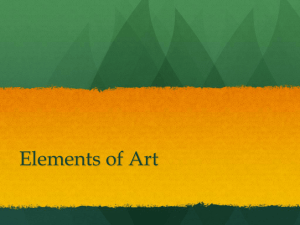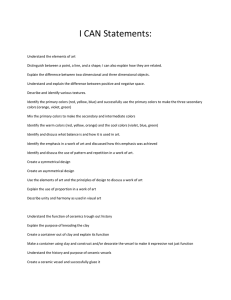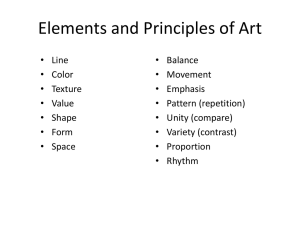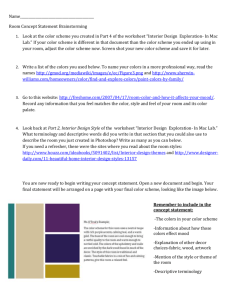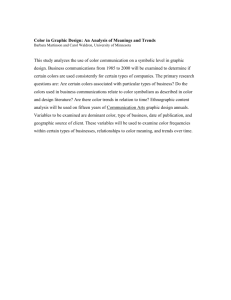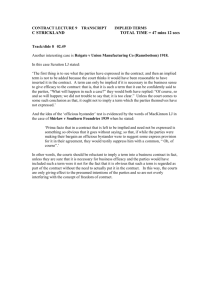dennis1
advertisement
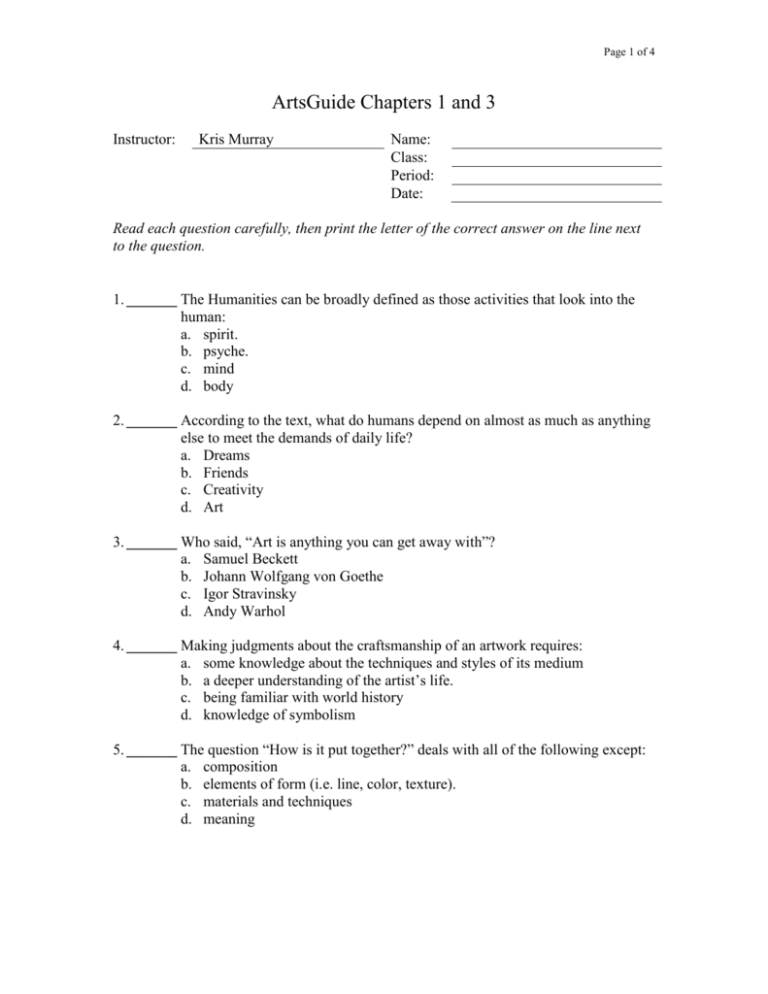
Page 1 of 4 ArtsGuide Chapters 1 and 3 Instructor: Kris Murray Name: Class: Period: Date: Read each question carefully, then print the letter of the correct answer on the line next to the question. 1. ______ The Humanities can be broadly defined as those activities that look into the human: a. spirit. b. psyche. c. mind d. body 2. ______ According to the text, what do humans depend on almost as much as anything else to meet the demands of daily life? a. Dreams b. Friends c. Creativity d. Art 3. ______ Who said, “Art is anything you can get away with”? a. Samuel Beckett b. Johann Wolfgang von Goethe c. Igor Stravinsky d. Andy Warhol 4. ______ Making judgments about the craftsmanship of an artwork requires: a. some knowledge about the techniques and styles of its medium b. a deeper understanding of the artist’s life. c. being familiar with world history d. knowledge of symbolism 5. ______ The question “How is it put together?” deals with all of the following except: a. composition b. elements of form (i.e. line, color, texture). c. materials and techniques d. meaning Page 2 of 4 6. ______ What type of line results from the repetition of other lines or forms in a pattern? a. Straight b. Angular c. Implied d. Curving 7. ______ In pigment, what are the primary colors? a. Red, blue, and yellow b. Red, yellow, and green c. Orange, blue, and green d. Red, green, and blue 8. ______ Which term is used to express the purity of a given color? a. Hue b. Value c. Saturation d. Tertiary 9. ______ The use of diagonal lines in a composition tends to convey a sense of: a. stasis b. dignity c. stability d. movement 10. _____ Traditional watercolor utilizes a transparent paint usually applied to: a. wet plaster b. paper c. canvas d. wood panel. 11. _____ All paintings, drawings, photographs and prints are _______________. a. three dimensional b. two dimensional c. kinetic d. plastic 12. _____ Form is often used as a synonym for _____________. a. perspective b. chiaroscuro c. line d. shape Page 3 of 4 13. _____ Linear perspective relies upon the illusion that ____________________ lines come together in the distance. In a two-dimensional work, these lines converge at the _______________. a. implied/middle ground b. straight/orthogonal c. implied/axis d. parallel/vanishing point 14. _____ Reds, oranges, and yellows are usually perceived as __________________ colors, and blues and violets as ________________ colors. a. cool/warm b. vibrant/radiant c. radiant/vibrant d. warm/cool 15. _____ Our ability to _______________ and ________________ are fundamental characteristics of our humanity a. play/study b. intuit/symbolize c. mate/reproduce d. see/hear 16. _____ _______________ in an art work can be enhanced by studying cultural or historical contexts a. Economics b. Color c. Composition d. Meaning 17. _____ The discussion of the eighteenth-century highboy focuses on ___________________ found in the work a. colors b. proportions c. functions d. lines 18. _____ Art is often used as ______________________ in such works as the Greek comedies of Aristophenes. a. political commentary b. light entertainment c. therapy d. critical analysis Page 4 of 4 19. _____ Art functions as ____________________ when it is used to help us understand the people of a particular place and time a. therapy b. political commentary c. artifact d. entertainment 20. _____ Art works often employ ordinary objects as _________________ to convey ideas and concepts (meaning). a. lines b. symbols c. signs d. shapes
